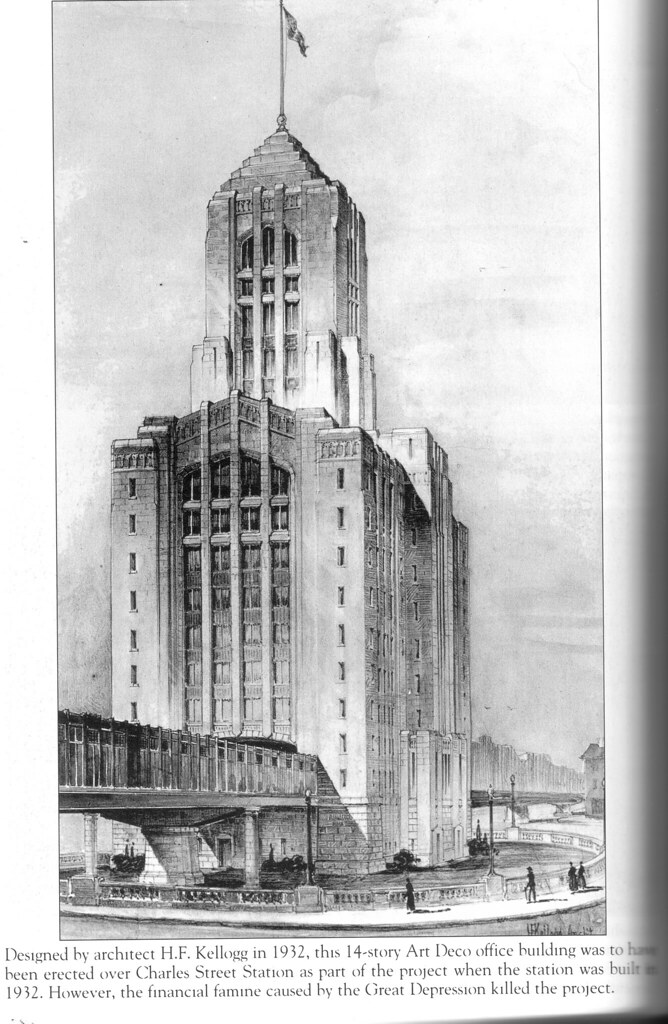JohnAKeith
Senior Member
- Joined
- Dec 24, 2008
- Messages
- 4,337
- Reaction score
- 82
A fifty percent affordability level??? That makes no sense!
He's talking about the Red Line, and you have omitted the Red Line.Upon further analysis, it does not appear that Frank G's observations in Toronto were of a downtown subway system with more (or at least much more) frequent stops. One might wish the subway lines downtown and the Back Bay were in different places, but station spacing seems to be in line with Toronto:
Toronto
Yonge Street Line (Yellow) from Dupont to Bloor-Yonge: 14 stations in 5.2 miles for .371 miles per stop
Bloor Street Line (Green) from St George to Castle Frank: 4 stations in 1.5 miles for .375 miles per stop
Total .372 miles per stop
Boston
Orange Line from Mass Ave to North Station: 7 stations in 2.8 miles, or .4 miles per stop
Green from Haymarket to Hynes/Symphony: 8 stations in 3.1 miles, or .3875 miles per stop
Red from Charles to South: 3 stations in 1.3 miles, or .433 miles per stop
Blue from Bowdoin to Aquarium: 3 stations in .7 miles or .233 miles per stop
Total: .376 miles per stop
I was in Toronto last week and I was impressed by the density of the downtown subway stops. ... For example, I know the area between Central and Kendall has been heavily developed in recent years, with University Park, the biotechnology industry, and so on. It seems like a new Red Line station would be popular with the folks living and working there, and encourage continued development and growth.

http://world.nycsubway.org/us/boston/red.htmlWe are now on a very long tangent, and the Old Colony widens to two tracks. The next bridge spans Victory Road, soon followed by a pair of bridges over Morrissey Blvd. Between the bridges, one can see the remains of Popes Hill Station, another abandoned Old Colony stop. Conley street is quickly bridged after which we pass under I-93 again and come alongside Tenean Beach. Redfield St. crosses overhead and we enter the ramp leading to the Anderson Bridge which carries us over the Neponset River. Back in 1960, a fire under the south approach to the drawbridge located here, insured that the New Haven, owner of the Old Colony, would never resume commuter rail service, setting in motion the chain of events leading to the construction of the South Shore Extension. The new Old Colony main now crosses beside us on a bridge built in the 1990s. Beneath the northerly bridge approaches lies the site of the Old Colony's former Neponset Station.
Damn you, Great Depression. Beautiful building. Very cool with the elevated line running through it.
